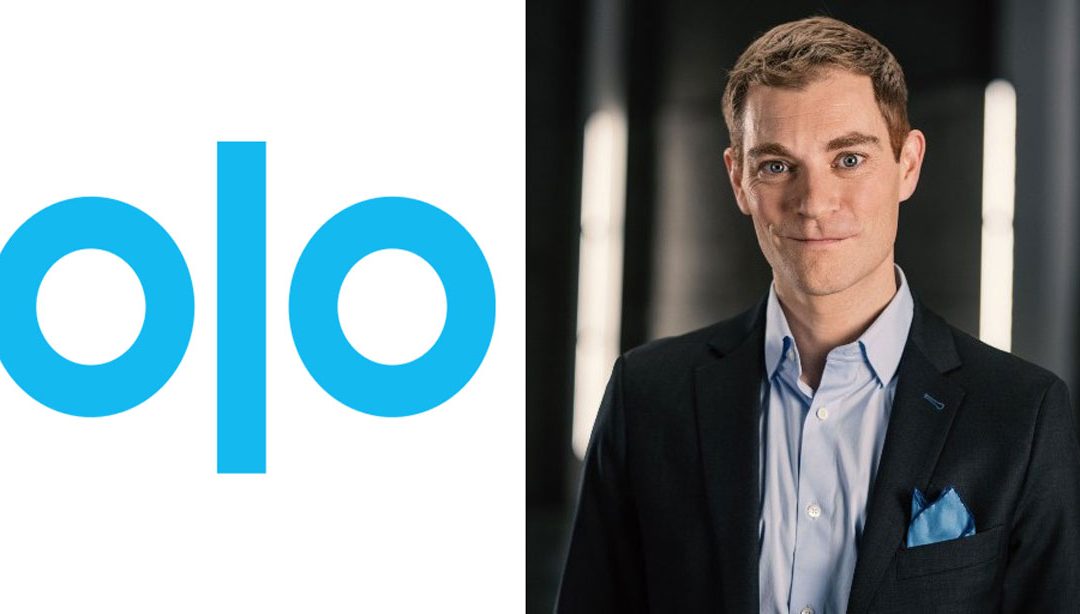Olo CEO Noah Glass shared his three top predictions for 2022 as the company embarks on its first full year as a public company.
Aside from going public, Glass and Olo (NYSE: OLO) had a pretty good year as one of the go-to enterprise solutions for omnichannel restaurant transactions. He wrapped up 2021 and looked ahead during the 2022 ICR conference, which was held virtually for another year amid the omicron surge.
The pandemic, while ugly, drove a lot of enterprise restaurant brands to rethink their technology stack. Several, Glass said, re-platformed to Olo from their homegrown systems. Potbelly, CKE and Bloomin’ Brands all jumped from their self-built systems. Glass looks to the big Panera investment in digital as the reason for those moves.
“They spent $42 million in capex [capital expenditures], and that was the big number. The biggest thing was the operational expenses, they needed a large team to support the thing,” said Glass.
He has been saying there’s value in outsourcing off-premises technology for years. What was once an economic argument has become an argument around scale and integration.
“There’s no way any individual customer could build Olo Dispatch or our other platform-level innovations,” he said. “When you’re doing something on behalf of 76,000 restaurants, stack that up with any large restaurant brand and it’s triple or quadruple [the] scale of any chain. That’s what brings partners to the table and what the aggregators come for.”
Olo also helped launch more than 50 virtual restaurants, including the explosive MrBeast Burger and Goop. It acquired Wisely to go deeper on one-to-one marketing and customer engagement. It also leaned into QR payments and new modes of service that help restaurants cater to customer demands and manage through historic staffing issues.
With the volatile year in the rearview mirror, Glass had three big predictions for 2022.
QSR goes digital this year
“Serial processing of cars is getting a long-overdue makeover,” said Glass.
By that, he means taking an order, preparing the food and handing it out a window for every car is a process that has largely been untouched for decades and it has become a serious bottleneck with modern consumer habits. Technology, he says, is essential to ingest orders from everywhere and direct consumers to the right spot, be it curbside parking spot, a digital drive-thru or a pickup shelf.
Taking those orders has historically been a mashup of third-party tools and workarounds to bypass tired technologies.
“There’s still a ton of QSR brands that are only digital though indirect marketplaces and don’t have a direct-to-consumer offering. That is a fundamental thing to put in place,” said Glass.
Taking on a new off-premises channel is much easier with fully digitized infrastructure, but things like AI chatbots or the drones, bots and Google orders are nearly impossible without it.
Omnichannel, one screen
All those new channels added strain and complexity to the restaurant. One operator called their delivery staging area a “mosh pit” through the pandemic. That has Glass looking ahead to a year of brands bringing all their digital orders into one screen.
The company launched a product called Expo in 2019 to help people monitor all those channels, but the importance has been elevated by the incredible shift to digital, and it’s become a buzzing product for the company. The big question is who looks at that screen.
“That lives with the host or host stand or lives with the bartender. At Portillo’s, they have a dedicated catering area of the business,” said Glass. “It’s typically a person that is managing a pretty meaningful order volume coming from on-demand channels and not having to scramble around.”
Shift to single platform
In his final prediction for the year, Glass sees more brands looking to a single platform for everything digital. He said as big brands try to make sense of the digital transformation, they’re finding a lot of leaky buckets between tools and a lot of wasted time switching between sources of data, not to mention rolling it all into actionable data.
The company has built its own tools like the delivery bid service Dispatch, but he looks to the Wisely acquisition as the next step to go from operational tools in a silo to connecting everything back to the consumer, their transaction and their lifetime value.
“The leaders in this space will use one platform to understand and serve every customer coming to them,” said Glass. “We see direct digital relationships as the new currency for 2022.”


